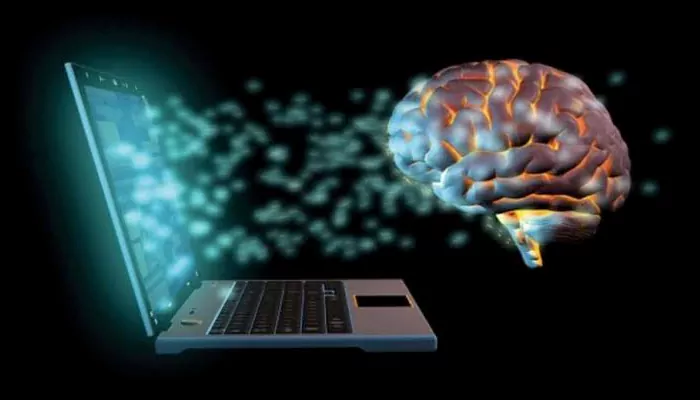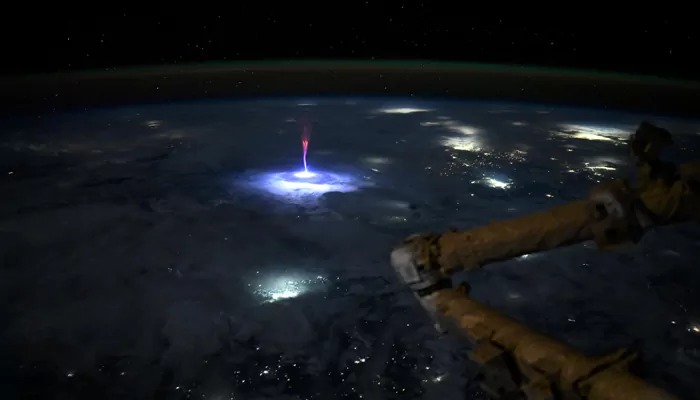
Here are today’s most important updates from the realm of Science and Space.
Scientists have discovered a new "super-Earth" that is located about 154 light-years away and is nearly twice as big and four times as massive as our planet. The team of astronomers at the Oukaimeden Observatory in Morocco discovered the exoplanet using NASA's Transiting Exoplanet Survey Satellite (TESS). They stated the newly discovered alien world, designated TOI-1846 b, is likely a water-rich super-Earth and is estimated to be 7.2 billion years old. According to the study, the exoplanet has a radius of about 1.792 Earth radii and is about 4.4 times more massive than our planet. It orbits its host every 3.93 days, and the equilibrium temperature of the planet is estimated to be 568.1 K.

Neuroscience suggests that while the idea of "hacking" the human brain sounds like sci-fi, emerging brain-computer interface (BCI) technology introduces real vulnerabilities. According to a report by BCIs, whether invasive implants or noninvasive wearable sensors, translate neural signals into digital commands, enabling applications from prosthetic control to gaming. Some of the ways predicted by scientists are: hackers could intercept neural data streams, essentially reading thoughts transmitted from brain to device. Secondly, the integrity of neural signals can be compromised, manipulated, or spoofed, potentially influencing emotions, decisions, or behaviour. Thirdly, neuroprivacy is at stake. Neural data may reveal sensitive medical conditions or private thoughts; unauthorised access would violate what ethicists call "cognitive liberty". Ultimately, the brain can be hacked-if connected to machines. But with vigilant security measures and ethical oversight, neuroscience offers hope that our minds remain our own.

A NASA astronaut aboard the International Space Station (ISS) has captured a stunning image of glowing red lights in the Earth's upper atmosphere. The bright lights are associated with a phenomenon known as Transient Luminous Event (TLE), which was captured by Nichole Ayers while orbiting above Mexico and the United States. Sprites are a type of TLE, which create brilliant flashes of light high above powerful thunderstorms and are difficult to observe from the ground. The NASA astronaut said they had a great view of the unique space phenomenon above the clouds which could help scientists "better understand the formation, characteristics, and relationship of TLEs to thunderstorms".

Feeling jittery as the week kicks off isn’t just a mood—it leaves a biochemical footprint. Researchers tracked thousands of older adults and found those who dread Mondays carry elevated cortisol in their hair for months. The study underscores how the "Monday blues" can become biologically embedded, with chronic stress hormone dysregulation posing long-term cardiovascular risks. Addressing Monday-specific stress could unlock new strategies to combat heart disease in aging populations. Mondays act as a cultural 'stress amplifier’. This isn't about work -- it's about how deeply ingrained Mondays are in our stress physiology, even after careers end.